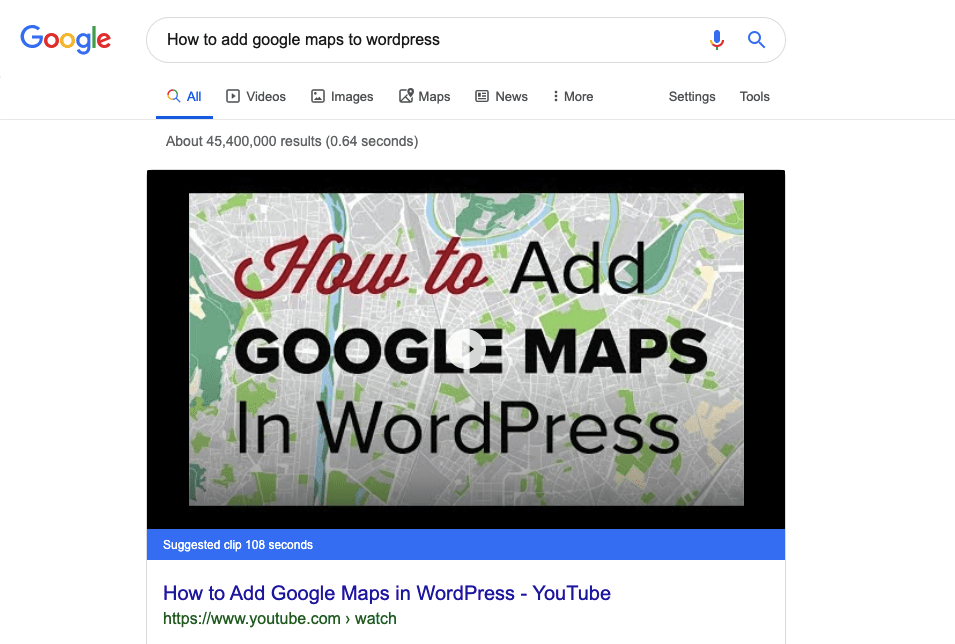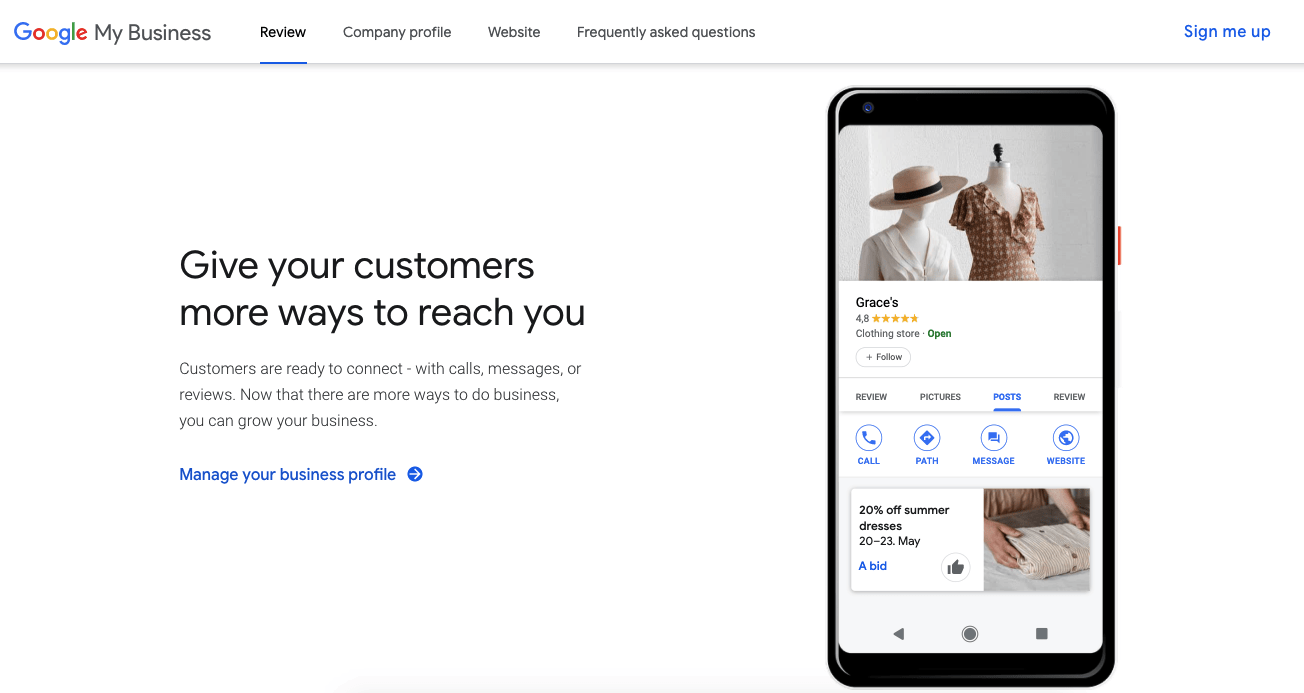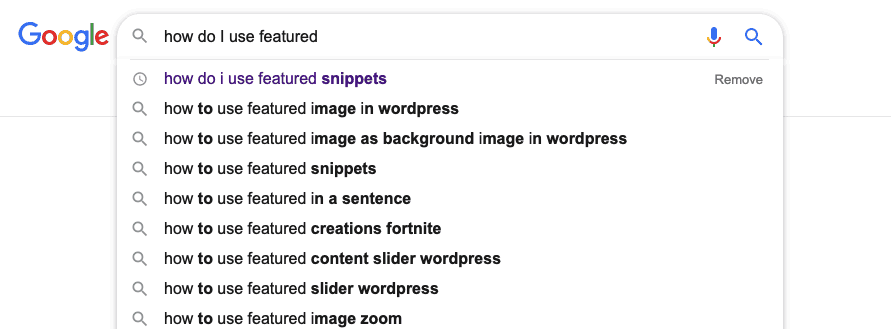Featured Snippets: How to Get Google to Recognize Your Content
Google created mixed feelings among some publishers when it introduced featured snippets in 2014. Many believed the feature would cause them to lose traffic since its offering people the opportunity to learn about their query without having to click any links. Of course, the essence of ranking high on Google search engine result page (SERP) is to lure people to your website. So what’s your chance when Google decides to reveal the entire information to the users?
Well, it didn’t take publishers long to find out the truth. Featured snippets have since become a new source of building brands and to increase website traffic without having to compete a lot (to an extent, though).
According to Ahref, featured snippets win 8.6 percent of all clicks in SERPs with featured snippets. Studying around 2 million featured snippets, the SEO tool firm also found that websites that rank in number 1 position and the featured snippet secure 28.2 percent of all clicks. That’s quite an interesting figure to sort after as an online marketer. But what are featured snippets and how can one optimize their content for featured snippets?
What is a featured snippet?
A featured snippet is a descriptive box you see at the top of Google’s search engine result page when you perform a search. Also known as the zero position (simply because they appear above the page ranking number 1), featured snippets appear above a link to the webpage where the information is sourced from, and often try to provide a complete and precise answer to your query.

Featured snippets are included in 23 percent of all search result pages, according to Moz. They can feature in different forms, which translate to the different types of featured snippets, and appear in nearly half (41 percent) of questions searched on Google.
Google introduced featured snippets to assist mostly users searching by voice and those using a mobile phone, so they could get quick and direct answers to their queries without having to click links.
Types of featured snippets
1. Paragraph snippets
The most common of all featured snippets is the paragraph snippets which provide answers to queries in a short paragraph, with some of them having an image by the right. Paragraph snippets are often triggered when the search includes words like “how to,” “who is,” “why is,” “how do I,” etc.
2. Video snippets
Google featured snippets algorithm also fetch YouTube videos when they could offer the best answer for your query. For instance, a video result is most suitable for a question like “how to add Google Maps in WordPress.” Google believes it’s easier to score the procedure from a video than having to read long steps describing the process.

3. List snippets
Google will fetch list snippets when it thinks a user wants to see their answers in a series of steps. The listings could be in bullets or numbered, however, this type of featured snippets are most times truncated. In other words, it’s only able to list as much content as possible, unlike in paragraph snippets where almost all results feature a complete answer.
4. Table snippets
Google web crawler also understands <table> tags as much as it recognizes <ol> and <ul>. Google would prefer to pull results in table snippets, which show answers in a table format, instead of reorganizing them. This allows users to read the data exactly as it appears on the source page, indicating the table’s total number of rows for truncated answers.
5. Accordion snippets
This type of featured snippet is like an add-on which requires the user to select their preferred question phrase from a list of questions related to the user’s search for a direct answer to them. The descriptive box for accordion snippets is usually below the page ranking number 1 and titled “people also ask.”

Featured snippets are not answer-boxes. There’s another type of descriptive box that sometimes answer our questions directly when we perform a search, but do not include any citation below the answers. These are not featured snippets. They are answer boxes.
Ranking in a featured snippet position
There is no way to rank in a featured snippet if you don’t have any reputable rank on Google SERPs. Many studies have found that the top 10 ranking websites have the biggest chance (99.58 percent) of winning the zero position (featured snippets). In other words, publishers must first build their website reputation on Google and achieve a top 10 ranking on some keywords. For new publishers yet to allow Google web crawlers on their page, you must first get Google to recognize your content before vying for a featured snippet position.
How to get Google to recognize your content
· Submit your website to Google
While Google’s search engine bot may have a clue that your contents exist, it requires your permission and little help to conveniently crawl through your website and rank your page accordingly. This is done by simply submitting your sitemap to Google Search Console. The process is swift and should enlighten you on key procedures to optimize and enhance your website.

· Manage your keywords and Meta tags
Google completes billions of web searches every day. That means it needs you to carefully identify the keywords used in your different contents so it could easily classify both your website niche and content quality. Aside from every other rule such as website speed, content volume, and backlinks, how you organize and present your keywords contributes gravely to how Google web crawler would rank your page.
Unless there’s no rhyme or reason to your keyword research, you need to know which opportunities will take the least amount of your limited resources to yield the highest ROI.– Neil Patel, NeilPatel.com
You want to choose keywords that represent your niche and consistently remind Google bot that you’re consistently doing a good job. Fill out your SEO title accordingly and your Meta description to reflect your keywords.
· Market your site on trusted sites
There is no better place to identify what you’re doing than on a trusted website. The reason why Google would not recommend your content to its users even when you’ve probably gotten every other thing right could be a lack of trust. You want to break that distrust by marketing your site on trusted websites.
· Optimize your site for mobile phones

Aside from being one of the major requirements for ranking in a featured snippet, optimizing your website for mobile phone users is also necessary to score high on Google SERP. Google knows about those images that take forever to load or the links that won’t ever open on smartphones. You want to make your website mobile-ready if you want Google to recognize your content.
· Prove your local presence
Depending on your type of business and targeted audience, you need to let Google know about your business location. This helps to certify your presence in your alleged location. Remember, Google is more interested in publishers it can trust. You can prove your local existence by including your business on Google Maps using Google My Business.

How to rank in a featured snippet position
· Identify search keywords you rank high on Google
You need to explore your website for the keywords you already rank high on Google, concentrating mostly on the long-tail keywords. That’s where your biggest chance stands. According to several studies, featured snippets are often triggered by long-tail keywords. In other words, it’s better to select those keywords with more words. You also want to research the types of keywords that often trigger featured snippets.
According to results from a study of 6.9 million featured snippets and 80 million keywords, published by SEMrush, about 82 percent of all featured snippets are made up of questions (41.59 percent), preposition, (17.72 percent), and comparison (22.62 percent).
In Ahrefs’ list of top 30 words in search queries with featured snippets, the word “recipe” and “best” each represent 2.3 percent of 2 million words studied. These keywords provide an insight into how you should structure your keywords and the appropriate words to include.
The shift toward longtail keywords will be even more essential to SEO success in 2018. Why? Because of voice search.– Jeff Keleher, Brafton.com
The process of figuring the right long-tail keywords can be daunting, and something you might need some extra motivation for. The truth is though, that the keywords your visitors are using are the keywords you should put your focus on.
· Find more featured snippet keywords opportunities
Based on the statistics and criteria above, you also need to include other keywords not on your website yet. One good source is to use the Google auto-complete feature. Type part of your keywords on Google search box and select suggested keywords.

You want to find out the search results with answers that don’t satisfy the queries’ intent and other featured snippets opportunities. Also, explore the accordion snippets (people also ask) and carefully investigate how the available answers related to the keywords. You’ll need to note down the keywords of answers you can improve.
Another good source is to monitor social media pages, such as Twitter, for questions. Ask your friends and website followers about what they would like to know about.
· Identify the type of featured snippet that best suit your keywords
Having gathered lots of keywords for featured snippets, your next step is to identify the type of featured snippet that will suit the keywords. Does the question require a paragraph snippet or table snippet? For instance, questions like “world’s most expensive cars” and “how to get Google to recognize your content” would require list snippets.
You are required to find out the intent of the people searching for the keywords of your interest. Do you think they would prefer to have a video, images or sentences as the search result? This is not only important in creating content for featured snippets but also high ranking content.
· Provide direct and concise answers
Your next step is to create direct and concise answers featuring the keywords on your list. Consider reading through the content severally to ensure they don’t have irrelevant words or sentences. According to Moz, you want to ensure that the content length is between 45 – 95 words (or 293 – 753 characters) for paragraph snippets. List snippets-targeted contents should have between 4.2 – 8 items (10.8 – 64 words per item), while contents for table snippets should have between 3.6 rows to 9 rows and 2.5 – 3 columns.
You also want to make sure that your content provides answers to similar questions and as well as comply with Google featured snippets policies.
· Ensure that all your in-article images are eye-catching
It’s wrong to plan to choose an appropriate image for your paragraph snippets. I’m not sure there’s a way to tell Google which image to choose. Google simply crawl through your website and select one of the images. You would be opening doors for someone else to steal the position if Google selects an image that doesn’t describe the answer perfectly or an image that’s not eye-catching.
To solve this challenge, you want to ensure that all your images are pleasing to see and suitable.

· Track your success
It may take a few days or more before you can begin to see any results. Keep an eye on the keywords by consistently searching for them to see if you have grabbed the featured snippet opportunity or not. You may also want to include your brand name alongside the keywords in your search while experimenting, such as “how to fix a bicycle chain XYZ brand name.” Google would return an unofficial featured snippet of your content so you could see if it requires any amendments.
· Re-upload your images each time you update your articles
Google web crawler also keeps track of featured snippets using the dates their images were uploaded. And of course, fresh contents stand a better chance. For this cause, you want to always re-upload your images each time you adjust the content.
Conclusion
Optimizing your content for featured snippets can be very tasking due to the in-depth research the process requires and the fact that you need to be patient. However, the journey is very much rewarding and differs for different websites. While publishers already ranking high on Google SERP may require just a little tweak to land featured snippet positions, publishers yet to permit Google to crawl their website simply have more work to do. Also, your website niche can affect how soon you can begin to see results.
- WooCommerce Seems Complicated Even With One Product? We Have a Solution! - July 11, 2020
- How to Set Up Cloudflare for WordPress (Step-by-Step Tutorial) - May 31, 2020
- How to Add Direct Checkout to Your WooCommerce Store - December 27, 2019
Where Should We Send
Your WordPress Deals & Discounts?
Subscribe to Our Newsletter and Get Your First Deal Delivered Instant to Your Email Inbox.



